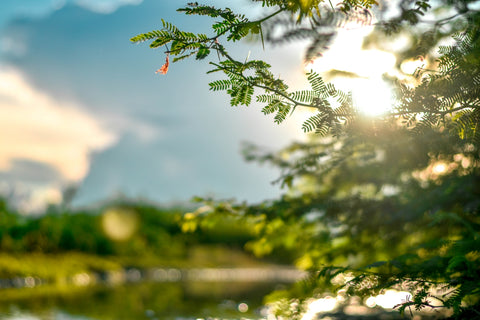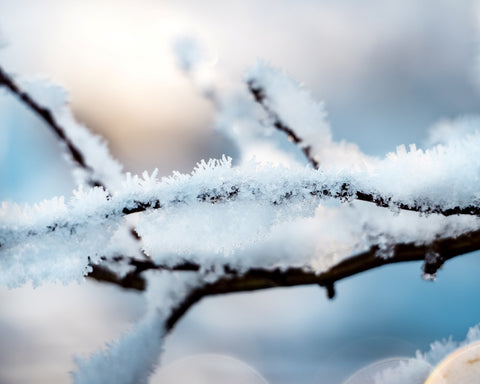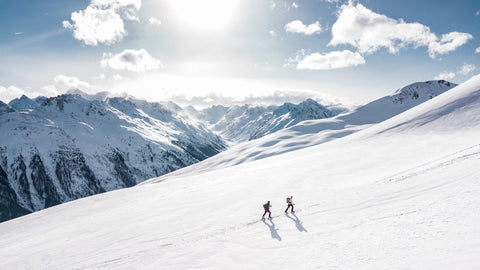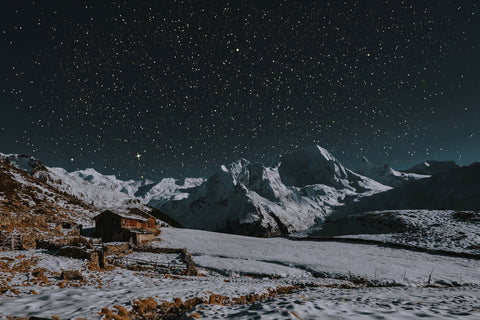As autumn creeps into the air, the days are smaller and shorter. When will the days begin to get longer or the days begin to get shorter? And how long will it take for days to return to their length? Thee questions are likely to be going round and round in your mind. Don't worry, ArkLinen Store is here to help you understand when days begin to grow longer and what influences affect the length of your day.

The time of the year when we begin the holiday season in November is the time when the sun sets early in the evening and is later rising at dawn. The change in weather could cause people to miss sunshine, while others may begin to feel depressed. Although the beginning of November marks the beginning of a joyful mood, this shift in the weather can lead to some people experiencing to suffer from seasonal depression.
On the other hand, certain people might think of summer as a period of overwhelming. The days are longer and it is possible to be active in performing your chores in the daytime. Don’t worry, the days will begin to get longer following the winter solstice, which is the day with the smallest amount of sunlight. The winter solstice is usually on the 21st day of December, in the Northern Hemisphere. The days will slowly increase in length and you'll get more daylight.
Winter Solstice

The day that is referred to as the shortest in the entire year. It is the day that has the shortest duration of daylight. It is the Winter Solstice which largely marks the start of winter in the Northern hemisphere, that may suggest that the coldest weather is approaching soon. Perhaps you will notice you'd need some extra layers of a thin blanket, cotton duvet, or cotton-filled comforter to keep you cozy.
The winter solstice, also known as hibernal solstice is the time of the year when the Sun through the sky is at its farthest from the winter solstice occurs when the sun is farthest south in the Northern Hemisphere (December 21 or 22) and farthest north in the Southern Hemisphere (June). When the winter solstice occurs, the Sun takes the shortest route across the sky and this day, as a result, is the shortest day and the longest night.
You might as well enjoy the winter solstice by using ArkLinen Store’s different types of cotton sheets. We have a 200-thread count satin stripe fabric oxford pillowcase that is smooth for your face for a more comfortable sleep. If you’re looking for bed sheets, we have king-size sheets sets and patterned bed sheets which is has the best fabric to sleep on.
Do Days Start Getting Longer After Winter Solstice?

The winter solstice is observed every year around 21th of December or around the 22nd. This is for the Northern Hemisphere. If you live in the Southern Hemisphere, the winter solstice falls on the 20th of June or the 21st. Winter solstice is a symbol of the day that is the shortest during the whole season and with the shortest amount of daylight. But once the winter solstice is through, the days begin to get longer. The cycle continues until we get to the summer solstice which consists of the longest days throughout the year.
The official beginning of the winter astronomical year is what the start of the winter solstice signifies. This is not the same thing as the meteorological winter. The beginning of this season occurs three weeks before the winter solstice. The solstice is celebrated each year for both Southern Hemisphere and the Northern Hemisphere. It marks the beginning of the winter season for both hemispheres. The two hemispheres have diametrically different solstices.
If one hemisphere is facing the top of the sun, it is the summer solstice, while another hemisphere is looking towards the winter solstice. We have learned this is due to the tilt of the earth's axis. This is because when one side is facing most directly toward solar rays, the opposite side is the furthest away from it and the reverse is true.
How Long Does The Summer Solstice Last?

When the summer solstice earth's position is determined by its orbit, which makes it appear as if the North Pole leans the most towards the sun. The sun is believed that it is directly overhead during noon, which is 23.5 degrees to the north of the equator as observed from the earth. It happens at an imaginary line that circles the globe, known by the name Tropic of Cancer.
The regions located in the north of Earth's orbit equator are all able to have days greater than 12 hours at the solstice of summer. However, all locations located situated in south-central Europe at the moment are less than 12 hours per day. Solstice is believed to happen for everyone simultaneously but it only differs between the summer and the winter solstice and the various time zones it has.
How Many Hours of Sunlight Do We Gain During Summer Solstice?

According to astronomers, the time of summer officially begins with the solstice of summer. Meteorologists classify an entire year in accordance with the four seasons. This is further substantiated by the weather patterns. It is believed that the time between the start of summer on the calendar is when the summer solstice occurs. The solstice of summer occurs from June 20th through June 22nd every year.
It is the time when the sun is at the top of the Northern Hemisphere, which makes it the longest day of the year, with sunlight shining for 17 hours during the day. For those living within the Southern Hemisphere, the weather is the opposite. In the Southern Hemisphere, the summer solstice falls between December 20th-22nd which is when are the longest day and the amount of sunshine occurs in this region.
At the same moment, it is the time when the Northern Hemisphere has its winter solstice, which is the shortest day of the year and the least amount of sun.
When Is The Darkest Time Of The Year?

The darkest period of the year is different according to the calendars for those in the Northern and Southern Hemispheres. Within the Northern Hemisphere, the winter solstice falls in December and is considered to be the darkest month in the entire year. However, within the Southern Hemisphere, the summer solstice comes around, which is the longest day, with the highest amount of sunshine during the entire year.
The shortest hours of daylight occur within the Northern Hemisphere in the month of December. The period is from 20 to 23 December. At the North Pole of the Arctic circle, there is very little (or no) direct sun at this time of year. In many cultures around the world, the winter solstice has a very important role. In Christmas celebrations from ancient to the present time, it is believed that the winter solstice is closely tied to the Christmas season.
While you’re feeling down because you feel that you have much less daytime to do activities, might as well do something inside your home. Grab that cotton-filled comforter or your favorite breathable comforter and watch your favorite movies or tv shows. You can also enjoy your bath time by using ArkLinen Store’s luxury bath towel sets, a luxury bathrobe, luxury bath sheets, and luxury hand towels.
Conclusion
As we learned from this blog, the time when days get longer is when the summer solstice occurs. But keep in mind that it is not the same for the Northern and Southern Hemispheres. Summer solstice in the northern hemisphere occurs from the 20th to the 22nd of June while in the southern hemisphere summer solstice falls from the 20th to the 22nd of December.
ArkLinen Store offers a variety of products from bedsheets and luxury duvet sets to a bathroom robe, bathroom sheets, and handtowels that you can enjoy using be it in summer or winter solstice. ArkLinen Store ensures to provide luxurious, affordable, and quality home linen products since 2020.

